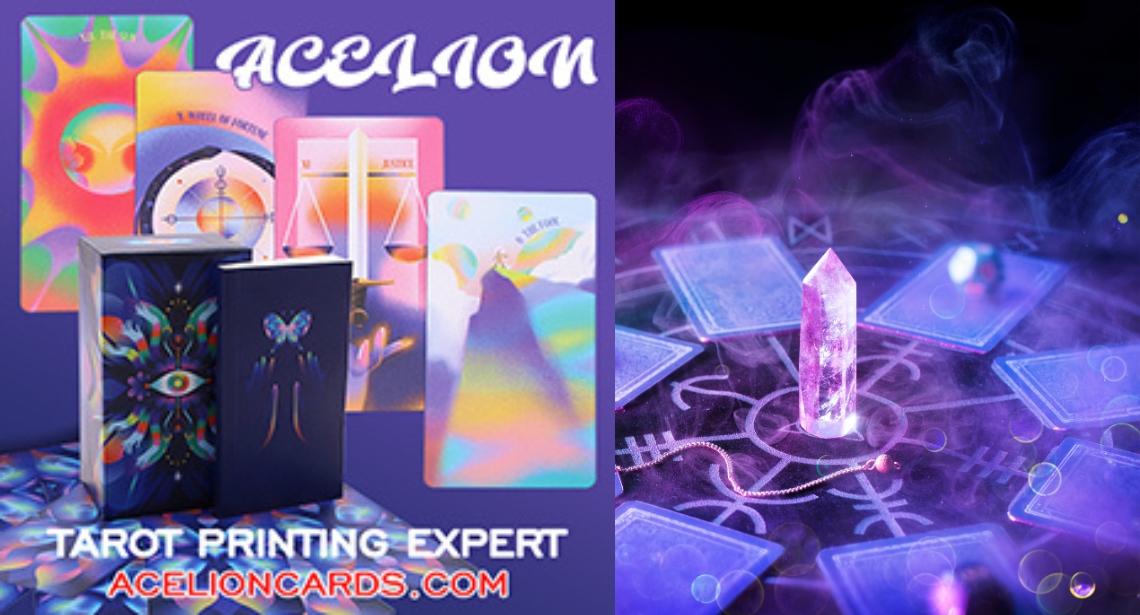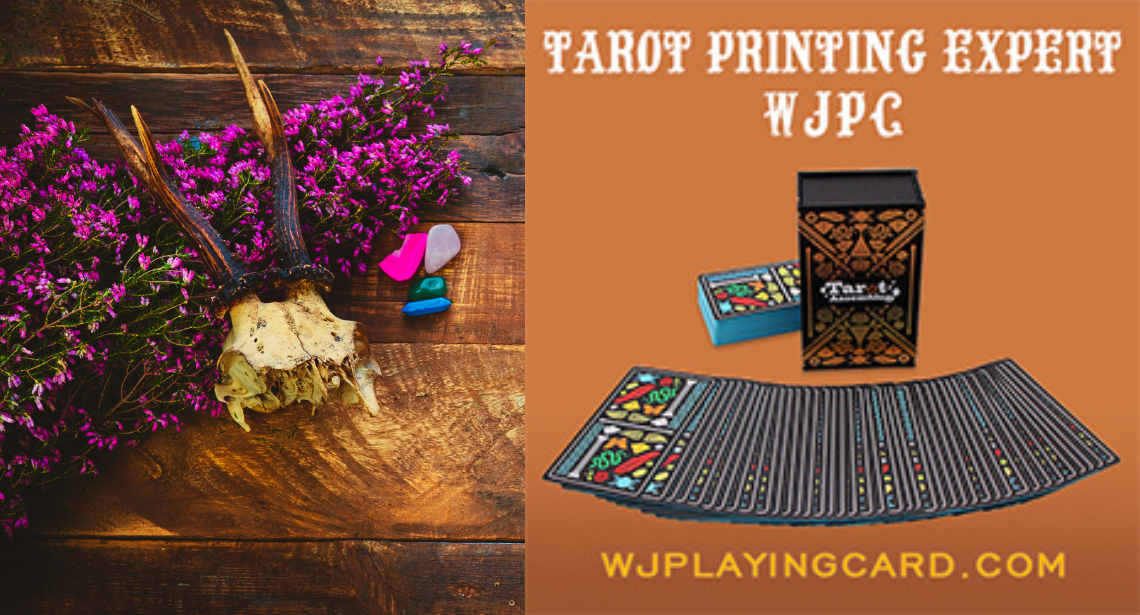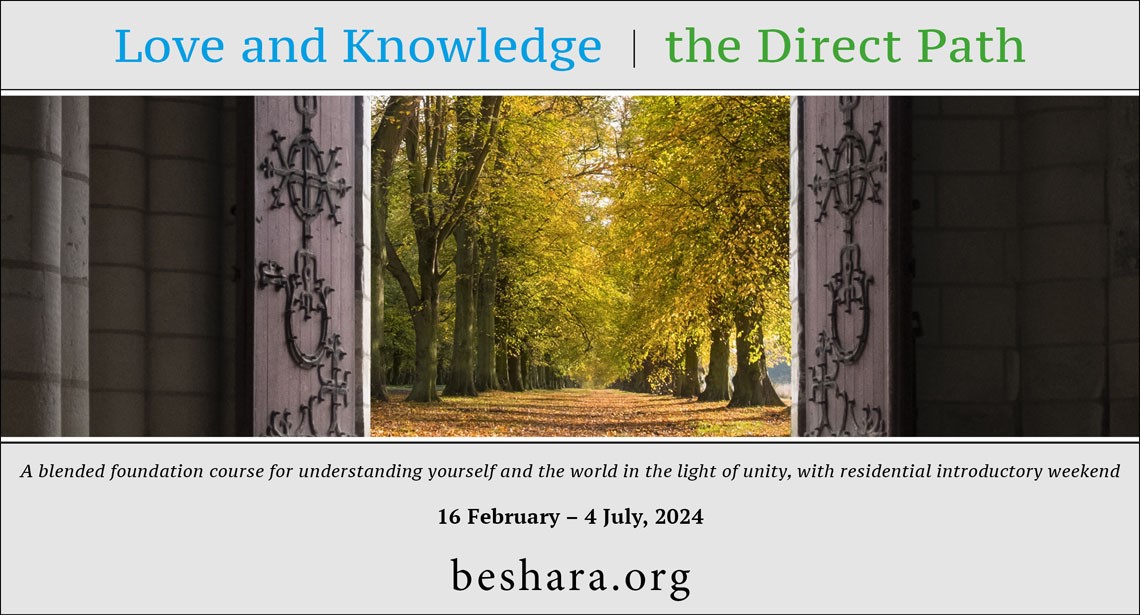by Tudorbeth

In the Craft we celebrate the Turning of the Wheel through acknowledging the seasons of the land. Our year starts with the festival of Halloween or Samhain (pronounced sow-een) and is our New Year. We have eight festivals throughout the year and all relate to the land and in particular the season it falls in.
Samhain - October 31st
Samhain on October 31st represents summer’s end, and our harvest festival. It is a time of divination and nuts or apple pips were roasted on hot coal to signify what type of temperament future husbands would have, so all would for a quiet, steady burn. Nut shells were also burned and the ashes used to make prophecies. Divination was also of course done by apple bobbing and many spells at this time involve the apple, probably as they were in abundance.
One other way for girls to find out the initial of their future husband was by peeling the apple and then throwing it either in to a barrel of water or in the air and when it lands it will make the shape of the initial of a future husband.
Again, if a girl sits in front of a mirror and eats an apple she will see her future husband peering over her shoulder. Another version is to stand in front of a mirror at midnight combing your hair three times; you will see the reflection of your future husband looking over your shoulder…
Yule - December 20-25th
Just saying the word conjures up images and smells of pine trees and evergreens, holly and berries. Midwinter, as it’s otherwise known is the winter solstice, the shortest day of the year and now the sun begins to return to us. We can add a minute back onto our day after midwinter.
There are many customs and traditions with the Craft to celebrate and acknowledge Yule. Evergreens such as holly, ivy and conifers were used to symbolise the eternity of life and fires were lit in honour of the god Thor. A Yule Log was kept burning throughout to symbolise warmth; we remember it now by a chocolate Swiss roll cake. Candles were lit and Yule cakes eaten. Floral wreaths were hung on doors and green decorations were used. I have already mentioned holly, ivy and conifers; but bay, rosemary and laurel were also used to adorn homes.
For your altar, you could have a sprig of these herbs or a small pot of rosemary. Mistletoe of course is hung up and any woman passing underneath may be kissed, provided a berry is plucked giving both who kissed good luck. However, if mistletoe is in short supply then a ‘kissing bush’ was used. This was a small holly or yew bush which was uprooted and hung upside-down from the kitchen ceiling. But we should never disturb nature like that; everything has its place outside and should be nurtured. The poor bush was decorated with ribbons, tinsel and gifts, sweets and fruits. It was all dipped in a solution of flour and water and left to dry which then gave the appearance of snow. Other times it was dipped in Epsom salts and water which then would cause the leaves to sparkle.
Imbolc - February 2nd
In the calendar year, Imbolc on the 2nd February comes first; it is one of my favourite festivals as it signifies the beginning of the end of winter. In other traditions it is called Candlemas, or St Bridget’s Day.
The ‘festival of lights’ or Imbolc is the first stirrings of spring. The snowdrops are showing their delicate heads and the crocus can show its head at Imbolc too. To celebrate, you can light a white candle, cleansed with rosemary, bay or basil oil.
If you live in an apartment and have no garden, try to buy a little pot with a crocus or snowdrops in. Do not go out into nature and rip them up from their place of living for a ritual.
A word of warning from ancient Celtic ancestors: never pick anything white and bring it into the house, as anything white in nature belongs to the Goddess, which includes all forms of white flowers.
Create a special place where you can leave sacred objects and items. You are now creating an altar – a particular place that is special to you and to spell-casting and for following the Turning of the Wheel of the year.
The candle, if you make it, its white with either vanilla or myrrh oil and the herbs can be basil, bay or rosemary. You can just say as you light your candle:
“Welcome spring,
Blessed Be to one and all.”
Furthermore, as it is spring it is time for a spring clean! Clean out cupboards and drawers, move that energy around or give your apartment a good freshen you. Remember, the Craft is all about experience, it’s a get-up-and-do religion.
Ostara - March 20th -23rd
Ostara is the spring equinox when both day and night are of equal length. In some circles traditionally, this is the time when we would plant the seeds that will be gathered in at the last harvest. Nowadays it all depends on the weather!
Although Ostara is on March 21st, there can be snow and ice on the ground so, yes, it’s traditional but as beings of nature we must listen to nature and do what she tells us.
Please do not sow seeds in the snow and ice; they will very rarely come up even if do plant on Ostara. Instead, plant the seeds in pots and keep them indoors until the snow has gone and even then, keep a look out as it can still snow in June!
There is new life everywhere and so the egg has become a symbol of Ostara. For your altar, you could decorate with spring flowers such as daffodils and narcissi.
If you make your altar candle it should be yellow with lily of the valley, jasmine, marjoram, honeysuckle or lemon oils as flowers and herbs.
This is also the time when you could begin to clear out your winter wardrobe to make space for lighter clothes, but don’t pack away all your woollies just yet as you never know…
Beltane - April 30th – May 2nd
Beltane falls on April 30th or May Day, the 1st May. May Day is a wonderful festival. Beltane is sometimes known as ‘the fire festival’ due to the bonfires that are lit. It is also the spring festival of merry-making.
Traditionally it began at sunset on April 30th and lasted for a couple of days until May Day. This day of course has long been a celebration of fertility and dancing, notably around the May Pole.
Some celebrate it as the ritual union of the May Lord and May Lady. Many practitioners find this an auspicious day to get married, or perform a hand-fasting ceremony.
A hand-fasting ceremony is sometimes referred to as a Wiccan wedding ceremony whereby two people are bound together in matrimony and love by a cord wrapped around their wrists. However, I would add a word of caution, as hand-fasting not only means being bound to someone in this life but also for the rest of all your lives; people seem to forget about that!
At Beltane, like Halloween, it is said that witches, fairies and ghosts wander freely. The veil between the worlds is thin. The Queen of the Fairies rides out on a show-white horse looking for mortals to lure away to Fairyland for seven years.
Folklore says that if you sit beneath a tree on this night you will see her or hear the sound of the bells on her horse. If you hide your face she will pass you by but if you look at her she will choose you!
If you are single you could also perform a love spells for your love to find you. Remember though, be precise in what you are asking or you could find yourself with a stray cat who needs and loves you.
Litha - June 19th-23rd
Litha, or the summer solstice, seems to be for many the pinnacle of the year, but there are so many wonderful festivals that all of them for me are just as valuable.
The summer solstice is when the sun is at its height. It is the longest day of the year and poets and playwrights the world over have written about the magic of midsummer. It is synonymous with fairies, pixies and all manner of elementals.
It is said that a child conceived on midsummer is spiritually blessed. This is interesting as a child conceived on midsummer is likely to be a Pisces, renowned for being highly spiritual and in touch with other realms.
There are many traditions and customs for the solstice but you can find and design your own. Use the correspondences for Litha and feel your way through the solstice. Be guided by the Craft on this magical Midsummer day.
I normally keep my altar with the Litha candles and fresh flowers on it all week as it is also about remembering the past. Hand-made candles can be two-tone with orange and white, white for the white-heat of the sun.
The oils and herbs can be any one of bay, chamomile, fennel, lavender, thyme, Vervain, orange blossom, pine, saffron or sunflower.
It was traditional to dress wells at this time and lots of divination games were played on this day. It was also good for seeing who you were going to marry, so a love spell might be a good idea.
Further, St. John’s Wort was traditionally picked today and I tend to gather herbs on this day to make into sage sticks, or ‘smudge sticks’.
Lammas - August 1st-2nd
For some reason Lammas always seems a bit of a depressing festival to me. It is the first festival of the harvest, a clear indication that autumn is on its way. Lammas is usually represented by wheat so loaves of bread, corn dollies and sunflowers which are also out in abundance in August all represent this festival.
Traditionally there are Lammas fairs and some rural communities still have these as their county fairs.
Magically speaking, there’s a tradition that if couples suspected the fairies of snatching their child on May Day and replaced it with a changeling child then the process could be reversed at Lammas.
At Lammas, you could try your hand at making Lammas bread, or if you are a busy city boy or girl simply buy a small fresh loaf of bread with grains in it if possible.
Have a glass of wine or beer with your bread and dinner, savour every taste and give thanks for the harvest and the food you eat. If you make your own Lammas candle then it can be light brown with pears, myrtle, barley, rice, basil, mint, sandalwood, rosemary and sunflower oils or herbs sprinkled in.
Mabon - September 20th-22nd
I love Mabon, as it is one of the most powerful days of the year. The magic of the autumn equinox can be felt throughout the month of September. The leaves start to turn and city parks become a canvas of colours. Children go back to school and people get back into their daily rhythms. It is widely accepted that the equinox on September 22nd is when night and day are exactly the same length all over the world, twelve hours each. However, this isn’t entirely true; no equinoxes have exactly twelve hours of night and twelve hours of day, although I still like to believe that.
There are many traditions and stories associated with the autumn equinox, one of which is of course from ancient Greece about Persephone returning to her husband Hades and to the Underworld. Her mother, Demeter, retreats from the world while her daughter is in Hades and that is why we have winter. It is traditionally a good time to enact rituals for protection and security, so you could try a money spell or a career enhancement spell.
Mabon for us is also the second harvest festival and the start of winter preparations, a time of contemplation; take time out and use it as a beauty day. You could make your own facial mask with oatmeal and yoghurt, as oats are still symbol at this festival too. This mask is really simple and suitable for all skin types; it cleanses and rejuvenates your skin. Use one tablespoon of oatmeal, finely ground, one tablespoon of plain organic yogurt and a teaspoon of honey. Just add the ingredients in a small bowl, fold in and mix well all together. Then apply the mask to the face for about ten minutes before washing off with warm water and applying your moisturizer as normal.
Enjoy the seasons, enjoy life. Until next time,
Blessed Be
Tudorbeth

About the author:
Tudorbeth has been a practising witch for over 30 years. She has written many books on the subject. Her latest title is A Spellbook for the Seasons, published by Eddison Books.
www.thebritishcollegeofwitchcraftandwizardry.org/
More from this author
Nature's Craft: The First Magic – Candle Spells
Nature's Craft: The First Magic - Ribbon and Colour Spells
Nature's Craft: Protection



















